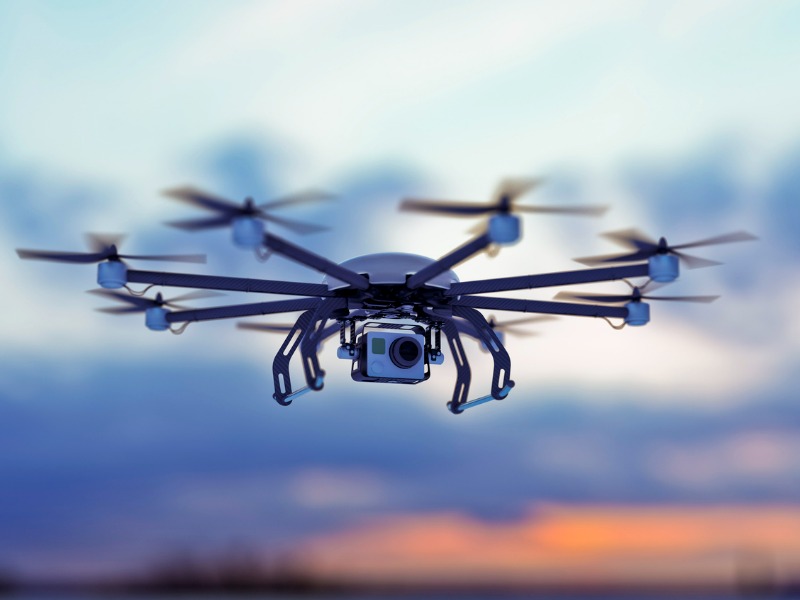Drones, phones and loss control: how inspections changed amid the pandemic

Loss control strategies had to pivot amid the COVID-19 pandemic, and while many insurance carriers reverted to ‘Old School’ loss control inspections via the phone, some took it even further, industry experts share during a Canadian Underwriter webinar.
The height of the pandemic saw commercial clients inspected via drone or satellite imaging, panellists shared during “Protection post-pandemic: The ‘new normal’ for your commercial clients.”
“We had to move loss control basically virtually,” says Jennifer Hill, head of customer, distribution, marketing and regional management at Zurich Canada. “You weren’t able to physically attend plants anymore. You weren’t able to necessarily go to sites any longer, or maybe didn’t want to— it probably wasn’t in the best interest of our staff.”
While drone inspections were a innovative byproduct of the pandemic, Hill says underwriters are eager to interact with commercial clients in person again.
“It’s helpful to be at the operation, talking to the people running the operation, getting those insights to really bring back the information that informs our underwriters,” she says. “[It] also informs the customer’s ability to mitigate, or perhaps improve their risk.”
However, drone inspections are a “big win” for the industry, she says.
“We can use that going forward to get to a very remote location that we might not have been able to get the details to understand and underwrite,” Hill says. “It is nice to know that you can send a drone somewhere and do a fairly detailed review of that operation from the comfort of your own home, and still get the risk insights to be able to deliver a solution to a customer.”
The pandemic allowed her team to be more proactive with client loss prevention, she notes.
“It certainly allowed us to partner with customers on that preventative side, to really give them advice before a loss…even though we couldn’t be on site.”
“We saw a lot more connectivity in terms of off-cycle or quarterly or mid-term calls, just to get an update on operations and things,” she adds. “In practice, we would like to have that happen in person, but it was a lot easier to set up a Zoom or Teams call.”
Trevor Wall, vice president of sales and distribution of business insurance at Travelers Canada, says his company’s virtual loss control investments were put to the test during the pandemic.
“The investments really were in advanced satellite imaging. That really enhanced the virtual survey process,” Wall says. “We’ve got an in-house virtual tool that really allows us to see buildings and equipment and advise customers appropriately.”
While technology has innovated for the better, Wall agrees human interaction is a required element of loss control.
“We actually went back to ‘Old School’ a little bit as well, with phone surveys,” Wall says. “Using behavioral-type questions and having the knowledge of the exposure could really get a good sense of getting the right information to help the customer gauge the areas of opportunity through phone.”
Feature inage by iStock.com/mailfor



